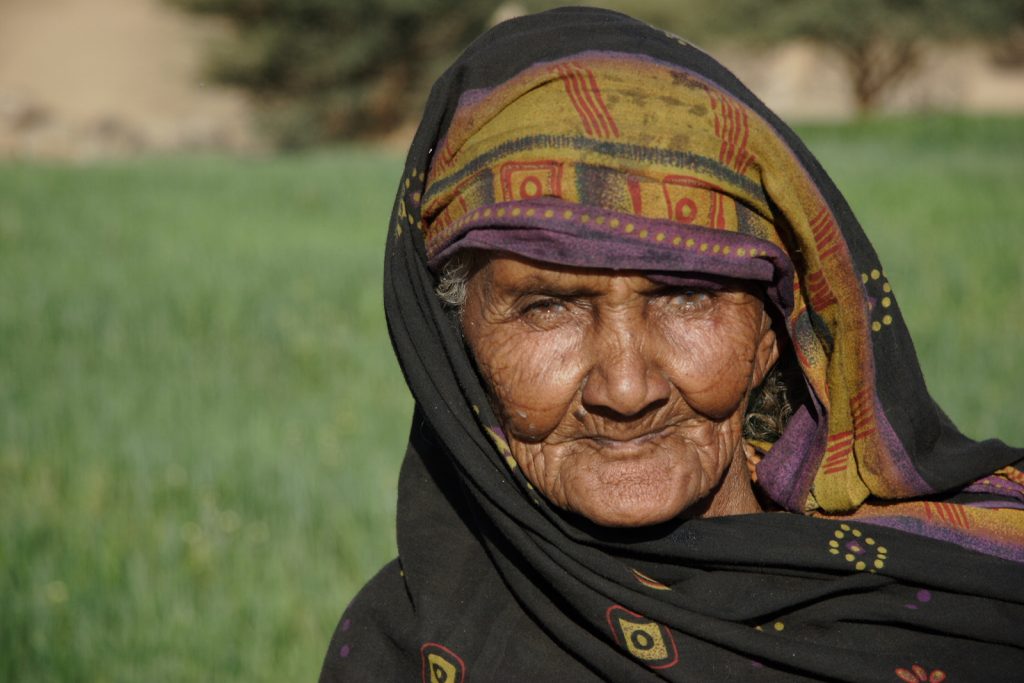145 Late Adulthood
Martha Lally; Suzanne Valentine-French; and Dinesh Ramoo
Learning Objectives
- Describe the increase in the number of individuals who are currently identified as late adults
- Describe the increase in late adulthood worldwide
- Explain gender and ethnic differences in the number of individuals identified as late adults
- Explain the different ways developmental psychologists describe aging
- Explain the difference between lifespan and life expectancy
- Define the three age categories for late adulthood
- Explain what factors contribute to becoming a centenarian
Late adulthood, which includes those aged sixty-five and older, is the fastest growing age division of the United States population (Gatz, Smyer, and DiGilio, 2016). Currently, 1 in 7 Americans is sixty-five or older. The first of the Baby Boomers (born between 1946 and 1964) turned sixty-five in 2011, and approximately 10,000 Baby Boomers turn sixty-five every day. By the year 2050, almost 1 in 4 Americans will be over sixty-five, and will be expected to live longer than previous generations. According to the US Census Bureau (2014b) a person who turned sixty-five in 2015 can expect to live another 19 years, which is 5.5 years longer than someone who turned sixty-five in 1950. This increasingly aged population has been referred to as the “greying” of America. This “greying” is already having significant effects on the nation in many areas, including work, healthcare, housing, social security, caregiving, and adaptive technologies. Table 9.1 shows the 2012, 2020, and 2030 projected percentages of the US population, aged sixty-five and older.
| Percentage of the Population | |||
|---|---|---|---|
| US Population Age Groups | 2012 | 2020 | 2030 |
| 65 and older | 13.7 | 16.8 | 20.3 |
| 65–69 | 4.5 | 5.4 | 5.6 |
| 70–74 | 3.2 | 4.4 | 5.2 |
| 75–79 | 2.4 | 3.0 | 4.1 |
| 80–84 | 1.8 | 1.9 | 2.9 |
| 85 and older | 1.9 | 2.0 | 2.5 |
The “Greying” of the World
Even though the United States is aging, it is still younger than most other developed countries (Ortman, Velkoff, and Hogan, 2014). Germany, Italy, and Japan all had at least 20 percent of their population aged sixty-five and over in 2012, and Japan had the highest percentage of elderly. Additionally, between 2012 and 2050, the proportion of those aged sixty-five and over is projected to increase in all developed countries. Japan is projected to continue to have the oldest population in 2030 and 2050. Table 9.2 shows the percentages of citizens aged sixty-five and older in select developed countries in 2012 and projected for 2030 and 2050.
| Percentage of the Population |
|||
|---|---|---|---|
| Country | 2012 | 2030 | 2050 |
| America | 13.7 | 20.3 | 22 |
| Japan | 24 | 32.2 | 40 |
| Germany | 20 | 27.9 | 30 |
| Italy | 20 | 25.5 | 31 |
| Canada | 16.5 | 25 | 26.5 |
| Russia | 13 | 20 | 26 |
According to the National Institute on Aging (2015b), there are 524 million people over sixty-five worldwide. This number is expected to increase from 8 percent to 16 percent of the global population by 2050. Between 2010 and 2050, the number of older people in less 250 percent, compared with only a 71 percent increase in developed countries. Declines in fertility and improvements in longevity account for the percentage increase for those sixty-five years and older. In more developed countries, fertility fell below the replacement rate of two live births per woman by the 1970s, down from nearly three children per woman around 1950. Fertility rates also fell in many less-developed countries, from an average of six children in 1950 to an average of two or three children in 2005. In 2006, fertility was at or below the two-child replacement level in forty-four less-developed countries (National Institute on Aging, 2015d).

In total number, the United States is projected to have a larger older population than the other developed nations, but a smaller older population compared with China and India, the world’s two most populous nations (Ortman et al., 2014). By 2050, China’s older population is projected to grow larger than the total US population today. As the population ages, concerns grow about who will provide for those requiring long-term care. In 2000, there were about ten people aged eighty-five and older for every one hundred people between ages fifty and sixty-four. These midlife adults are the most likely care-providers for their aging parents. The number of old people requiring support from their children is expected to more than double by the year 2040 (He, Sengupta, Velkoff, and DeBarros, 2005). These families will certainly need external physical, emotional, and financial support in meeting this challenge.
Media Attributions
- Figure 9 1 © David Haberlah is licensed under a CC BY-SA (Attribution ShareAlike) license

